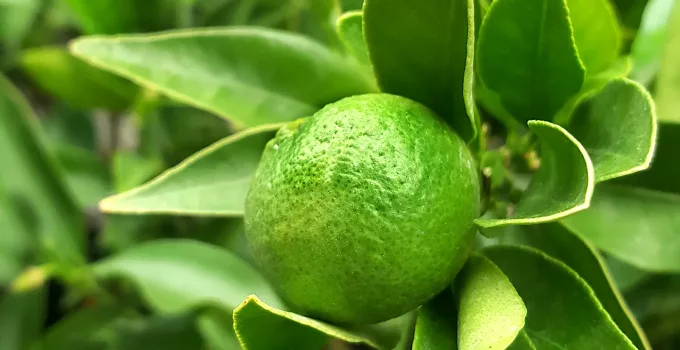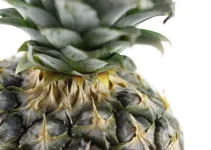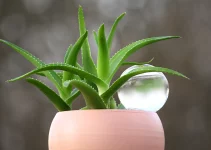We’ll take full advantage of this talk about when do lemons turn yellow to fully understand how we should take care of our citrus fruit trees.
A lemon tree full with yellow lemons is a beautiful sight but citrus fruit trees need a bit of care and attention if you want to see that beautiful sight in your house or in your garden.
Having a lemon tree, whether it’s in a pot indoors or outside in the garden is absolutely one of the best investments you can make. I can’t remember how many times I was grateful that I could just pick a beautiful juicy lemon to use in whatever dish I was making from my very own tree that resided indoors with me.
Table of Contents
When Do Lemons Turn Yellow? Are Lemons Green before they Turn Yellow?

Do lemons start out green? Yes, they do. These fruits are first green and then they turn yellow as they ripen.
What we’re interested in knowing is when do lemons turn yellow. You might also be interested in knowing why are your green lemons not turning yellow if they’re somehow taking too long.
When do lemons turn yellow? Time frame
Don’t expect your green lemons to turn yellow in 3 or 4 or 5 months.
I say that because, after flowering, it can take a whole 9 months or longer until lemons turn from green to yellow.
There are cases where it can take 10 months for citrus fruit to ripen.
There are even cases where it can take as long as 18 months. It can also depend on the type of lemon tree and how big its fruits are.
The color yellow indicates that they have become mature ripe fruits. As we know, that’s when we can consume them.
Therefore,
If you find yourself wondering why are your green lemons not turning yellow after just a few months of growing on the tree, then you need to wait at least double that amount of time until you research other causes.
The clear answer to the question when do lemons turn yellow is that it might take 9, 10 or even 18 months until these fruits turn from green to full yellow.
Have patience: lemons start out green
You might find yourself in the position of growing a very healthy-looking lemon tree that is full of fruits that look like large limes, refusing to turn yellow.
Let me tell you something: in most cases it’s about having patience.
In order to understand why are your green lemons not turning yellow, you must first know how long does it take for green lemons to turn yellow.
The first thing to establish about green lemons not turning yellow is if it’s indeed a cause of concern or if you just need to wait and they will eventually turn that beautiful healthy color.
In many cases, it might indeed be a case of just having patience.
There are certain conditions that influence how quickly the fruits reach maturity. You might think you’re doing something wrong, while the whole problem might be that the fruit is immature. It just needs its time and you have to give it to it.
Green Lemons Not Turning Yellow: Not Enough Sunlight
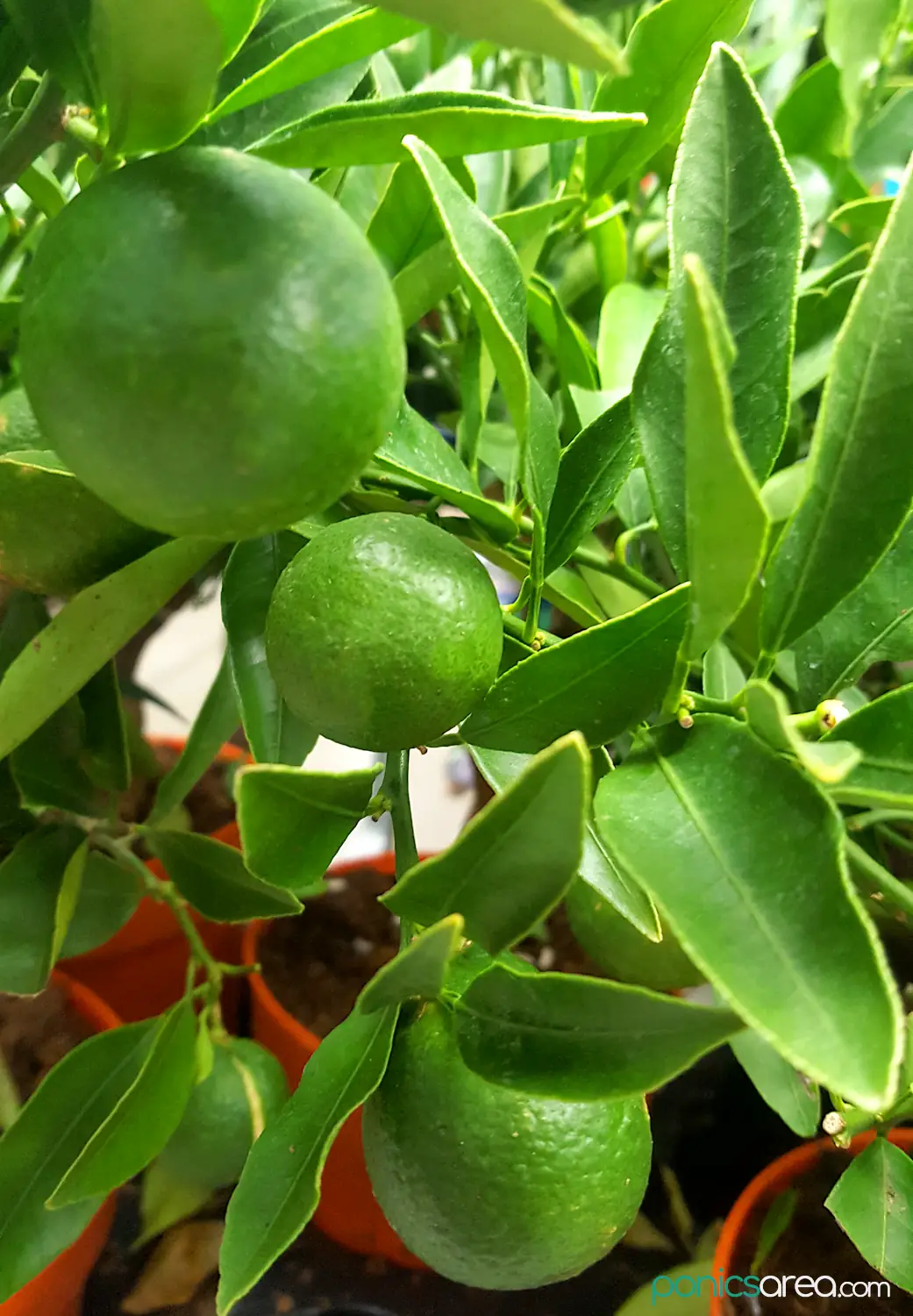
Let’s go over the things that can go wrong to finally understand if it’s a case of immature fruits or if it’s some other cause.
If your fruits have been on the tree long enough (check above how long it takes for green lemons to turn yellow) but they still continue being green then it’s time to consider the most frequent cause for that: lack of sunlight.
How much sunlight does a lemon tree need?
Simple answer: as much as you can give it, depending on the area and space in which you’re growing this citrus.
It needs at least 6 hours of sunlight per day but it should actually receive 8 hours of sunlight or more each day. 6 hours is the bare minimum.
If you have it in the garden and it’s under the shade of other trees, you need to think about transplanting it. Early spring should be a good time for transplanting.
If you have a potted lemon tree indoors, you need to make sure that it will receive close to 8 hours of sunlight per day. You should place it in front of an unobstructed south or southwest facing window.
If that’s not happening, you might have figured out the cause for your green lemons not turning yellow.
Citrus species usually grow in tropical and subtropical humid regions. California and Florida can definitely be considered citrus regions. Just by knowing that, it gives you an idea of the kind of conditions citrus trees require for being fruitful and for their fruits to ripen fully.
Can you use grow lights on a lemon tree?
You should definitely use grow lights on your lemon tree if it doesn’t receive 8 hours of sunlight per day. Artificial lights might be necessary for a citrus tree, depending on your living conditions.
The best choice would be full spectrum LED grow lights, although they’re not cheap.
Natural sunlight remains the best choice but these are the second best option.
Green Lemons Not Turning Yellow: Drought Conditions
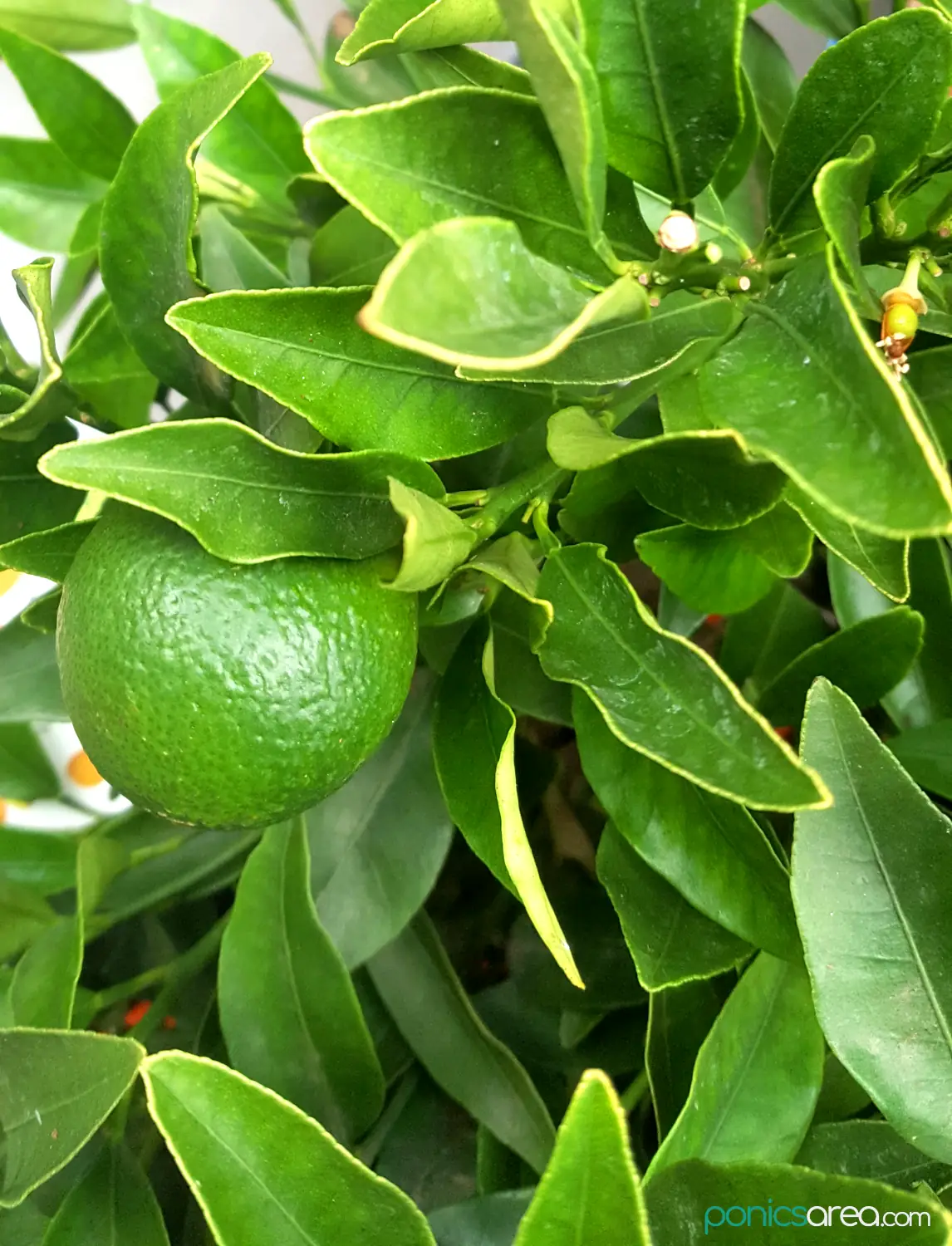
Another cause for green lemons not turning yellow is not enough watering.
If you’re creating drought conditions by irregular amounts of irrigation or by not watering in time, the fruits might grow juiceless or they will fail to ripen.
The soil needs to be moist but not soggy. How often you end up watering a citrus tree depends on how hot it is.
Indoors, you might only need to water once every 1 to 2 weeks. These are dwarf varieties that don’t compare to those grown in the ground.
In the garden, if the weather is very hot and dry, a citrus tree might end up needing as much as 37 gallons daily. It’s definitely not an exact science.
Do Lemons Start out Green? How Lemons Ripen
The best way to know if your lemons are good for harvest is by tasting them. Don’t expect them to always have that same bright yellow color that we find in stores.
Lemons grow over the warmer months.
As the fruits begin to grow, their color should change gradually from completely green to a few yellow tinges and then to full yellow.
Some varieties might even have an orange tinge.
When do lemons turn yellow? There should be a gradual transition from green to yellow.
In more scientific terms, the chlorophyll pigment is replaced with a chemical called anthocyanin. Even limes can turn yellow is they are left on the tree long enough.
Plus, oranges and lemons will continue to ripen even after they’re harvested.
Another interesting aspect about ripe lemons is that if you harvest them too soon, the fruits might be green on the inside.
Lemons can be harvested when the fruits are firm, 2-3 inches in size, and have a yellow or yellow-green color.
Remember: for harvesting, lemons having the right size is just as important as their yellow appearance.
Will lemons ripen after you pick them?
Lemons are just like bananas. They continue to ripen even after being harvested.
You can pick them green, store them, and wait until they become yellow.
When doing that, they still need to have the right size of about 2-3 inches (5-7.6 cm).
How to Grow Indoor Lemon Trees
When I bought my lemon tree, I was absolutely enamored with it because I bought it absolutely full with fruits. It was like having little suns inside my home. I still fully appreciate my small tree in a pot that continues to bear fruit every year since then.
Buying a citrus tree is the easy part, although they’re not exactly cheap. As with every living thing, we must learn how to fully take care of it. Citrus fruit trees and all plants in general have their likes and dislikes, just like we do.
Let’s learn how to grow citrus fruit trees indoors. It will be amazing, for sure.
For indoors, you can choose from the following tree varieties:
- Dwarf Improved Meyer – this one is incredibly popular and the easiest to grow indoors, it offer delicious sweet, tangy lemons
- Dwarf Ponderosa – this variety can be grown indoors, too, bearing larger fruits
- Dwarf Variegated Pink Lemonade – a more exotic alternative, very exciting because it produces green-and-yellow variegated lemons that have a pink interior like a pink grapefruit but their juice is clear
The Meyer variety can grow indoors to at least 3 to 4 feet tall, while other varieties can grow to 6 feet or even more. Consider that when making your choice.
What you need for growing a lemon tree indoors
I recommend buying a citrus tree from a nursery because they’re at least 2-3 years old, capable of bearing fruit, and they are resistant to diseases.
1. Choose the pot
Even if you’re buying your tree from a nursery, it might be best to start with a smaller pot (12-inch pot is good) so that you can tell when it needs water.
As it matures, you will end up transplanting it in a pot that’s double that size.
Lemon trees prefer cool roots – avoid black pots because they heat up in the sun.
2. Watering
It’s imperative to have large drainage holes.
Put a deep saucer under to avoid any spilling from the excess water because you need to water it thoroughly when the soil dries out just a bit.
Before watering it again, you should let it dry out for about 2-3 inches deep.
The soil needs to stay evenly moist but not soggy.
If it’s not too hot, you can water an indoor lemon tree once every 1 to 2 weeks. Just check on the soil with your fingers.
3. Humidity
Another thing to know about is humidity. It will require close to 50% humidity levels in order to thrive.
You can achieve that by using a humidifier for plants or by grouping plants together or by making a DIY humidity tray (place the potted lemon tree over gravel that sits in a tray with water).
4. Soil
When it comes to soil, choose a potting mix for indoor palm trees or citrus.
5. Light
Ensure that it receives 8 hours of sunlight per day or use LED grow lights if that’s not happening.
6. Indoor temperature
Place it away from the AC or heating ducts and ensure a temperature between 50 to 80 degrees Fahrenheit (10 to 27 degrees Celsius), although even warmer temperatures can be suitable.
7. Fertilizer
Indoor potted lemon trees might require the help of a fertilizer for proper complete nourishment.
In terms of fertilizer, it requires nitrogen, magnesium, and iron.
There are slow-release granular citrus fertilizers that will have clear instructions, they’re very easy to use. Or you can use an all-purpose plant food, those work for absolutely anything you’re growing indoors and outdoors.
8. Help with pollination
All varieties are self-pollinating but that’s not why I wanted to give you a bit of advice on pollinating indoor lemon trees.
When the flowers are blooming, gently shake the branches to spread the pollen within the blossoms.
With this small guide on how to grow potted lemon trees indoors, I hope you can more easily figure out why are your green lemons not turning yellow.
The answer to the question when do lemons turn yellow might be the you need to be patient and let your fruits ripen at their pace, which can be between 9 to 18 months, depending on your lemon three.

